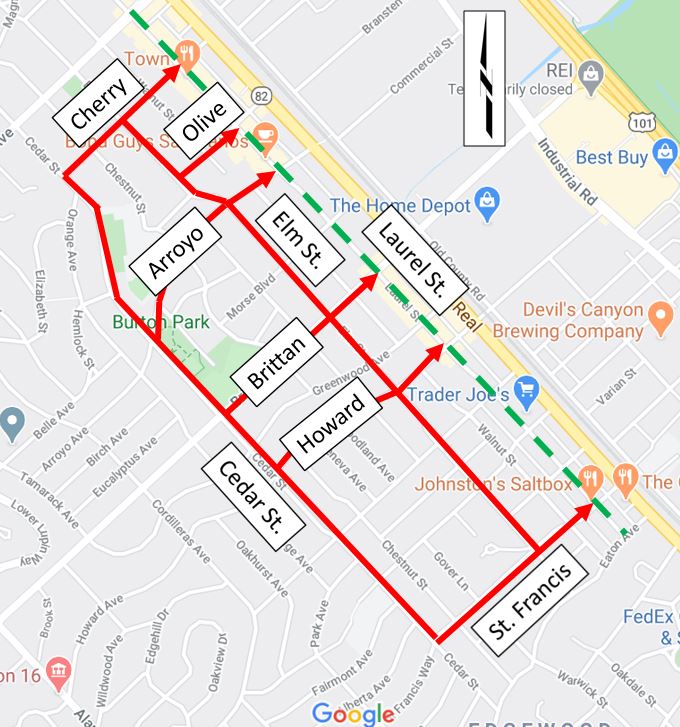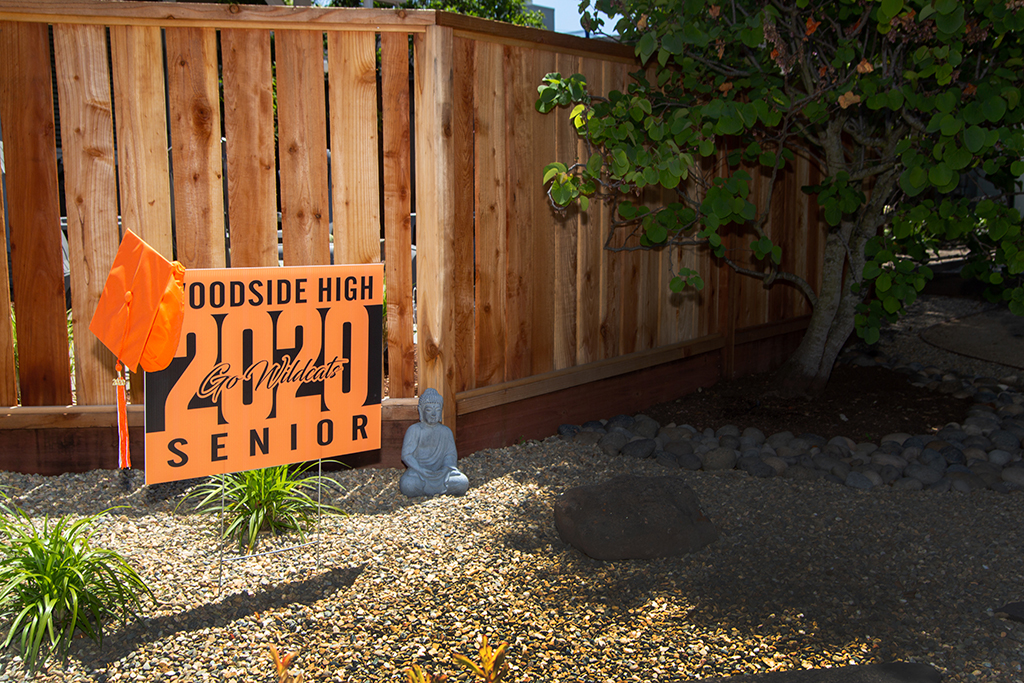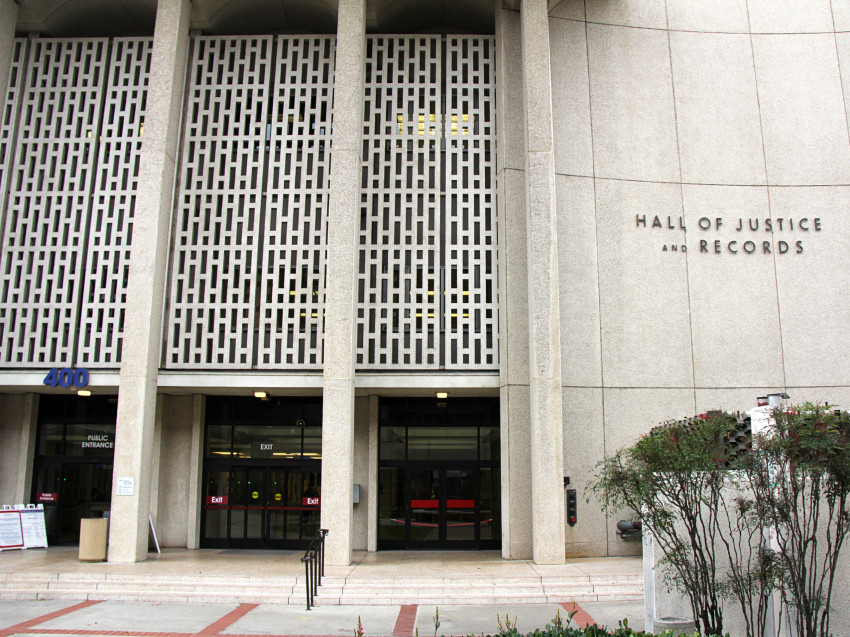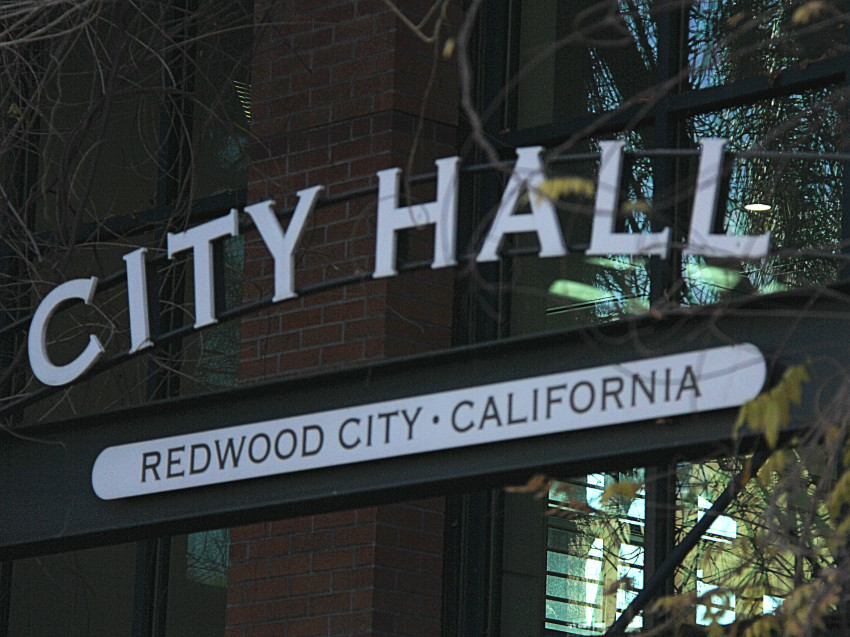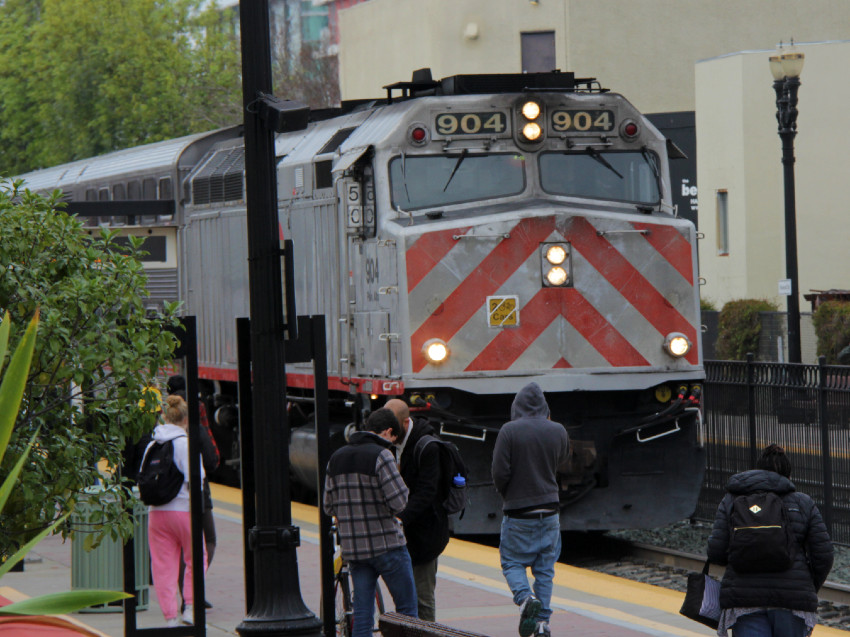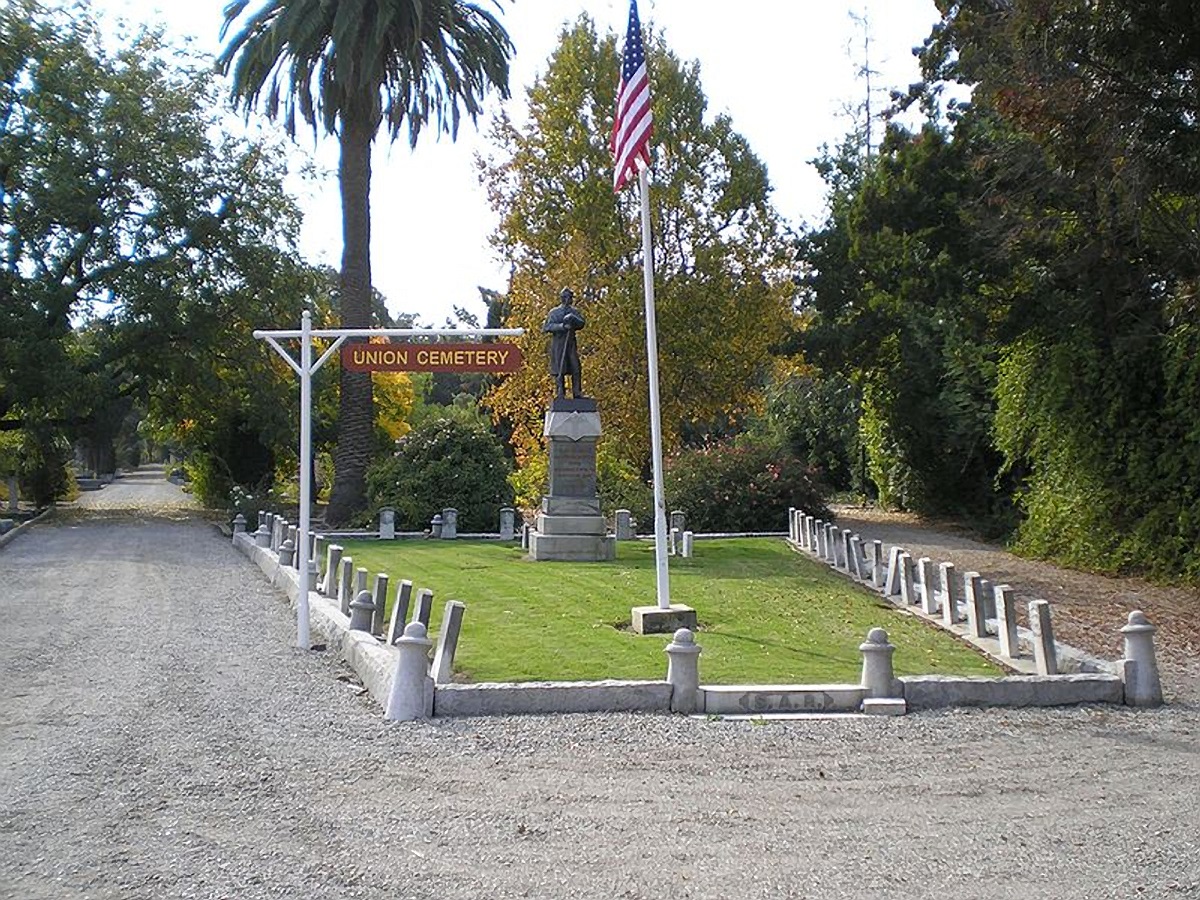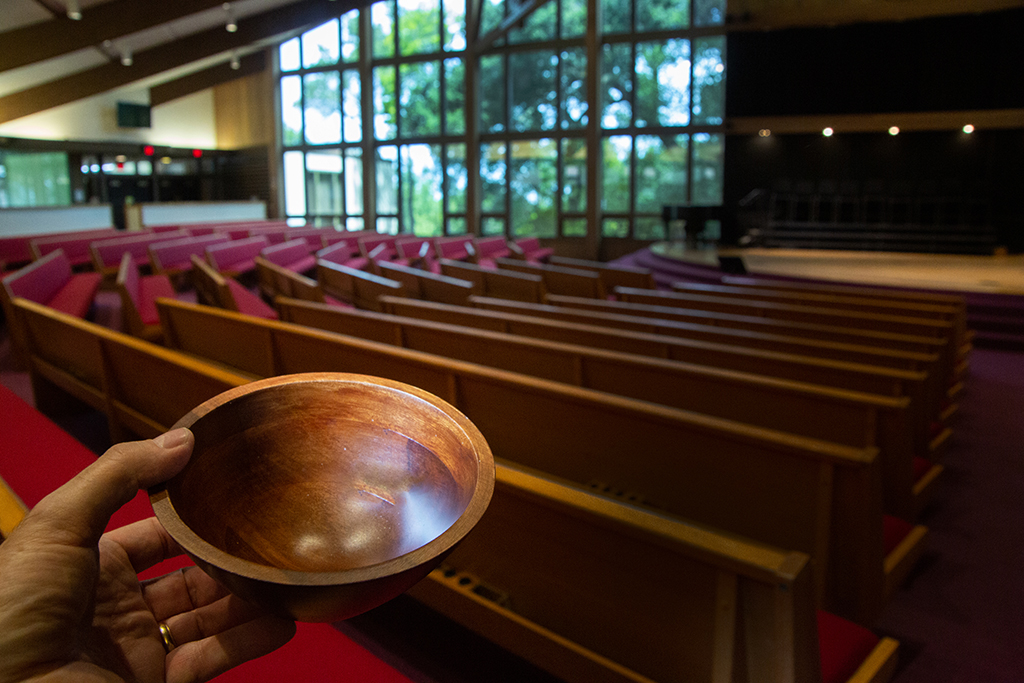Redwood City RV parking program gets council support

A Safe RV Parking Program aiming to respond to an increase in people living in recreational vehicles on Redwood City streets received unanimous support by council Monday.
Council directed city staff to move forward with the $650,000-per-year program that will prohibit overnight RV parking on city streets with the exception of RV residents who are issued city permits, and will also establish an off-site parking facility for up to 30 RVs at a county property located at 1402 Maple St., near the Maple Street jail, the city said. The program includes a 2-year effort to connect all participating RV residents to permanent housing. The local nonprofit LifeMoves is expected provide caseworkers to operate the off-site facility and support all program participants.
City staff aims to introduce the parking ordinance amendments and the Safe RV Parking Program at the council meeting on July 27. Implementation of the program is slated to occur in late August or September.
The on-street parking permits will allow RVs to continue to park within city limits for 72 hours but with restrictions, such as no property stored outside their vehicles, no dumping of wastewater and no staying in one location for an extended period of time, according to the city.
The city is negotiating with the county over the off-street facility at 1402 Maple St. The facility will include portable toilets, garbage disposal, wastewater disposal voucher availability and a security attendant. Families with children, seniors, individuals with disabilities and veterans will be prioritized to reside there, the city said.
The program is a response to an explosion of RV residency on city streets. Over the last few years, due in large part to the affordable housing crisis, the number of people living in RVs countywide increased by 44 percent in 2017, by 46 percent in 2018 and by 127 percent in 2019, according to the San Mateo County One Day Homeless Count conducted annually in January.
In 2018, Redwood City municipal code was amended to no longer restrict RVs from overnight parking. Limited restrictions have made the city a magnet for RV residency on city streets, according to city staff. On May 13 of this year, a survey in Redwood City counted 102 RVs used for housing within the city. Hotspots have included the 200 block of Cedar Street, Douglas Court, Maple Street, Oddstad Drive, Shasta Street, Stafford Street and Walnut Street.
Local businesses say the increase in RVs degrades business districts and impacts their revenue. A number of residents who spoke during public comment at Monday’s meeting, however, believed the Safe RV Parking Program penalizes RV residents.
Councilmembers Giselle Hale and Diana Reddy were part of an ad-hoc committee that worked for months on the Safe RV Parking Plan. Building upon research already developed by the Housing and Human Concerns Committee (HHCC), the ad-hoc committee gathered data, studied up on best practices in other cities and met with neighbors, business owners and RV residents.
“The longterm goal has always been to reduce the number of RVs on the street and to identify permanent housing solutions for the city’s RV residents,” Hale said. With working residents forced to live in vehicles due to the high cost of housing, the city must continue to work to increase affordable options in the city, Hale added.
As part of the plans, the city intends to establish a two-hour parking limitation for all vehicles on Oddstad Street between 9 a.m. and 6 p.m.


